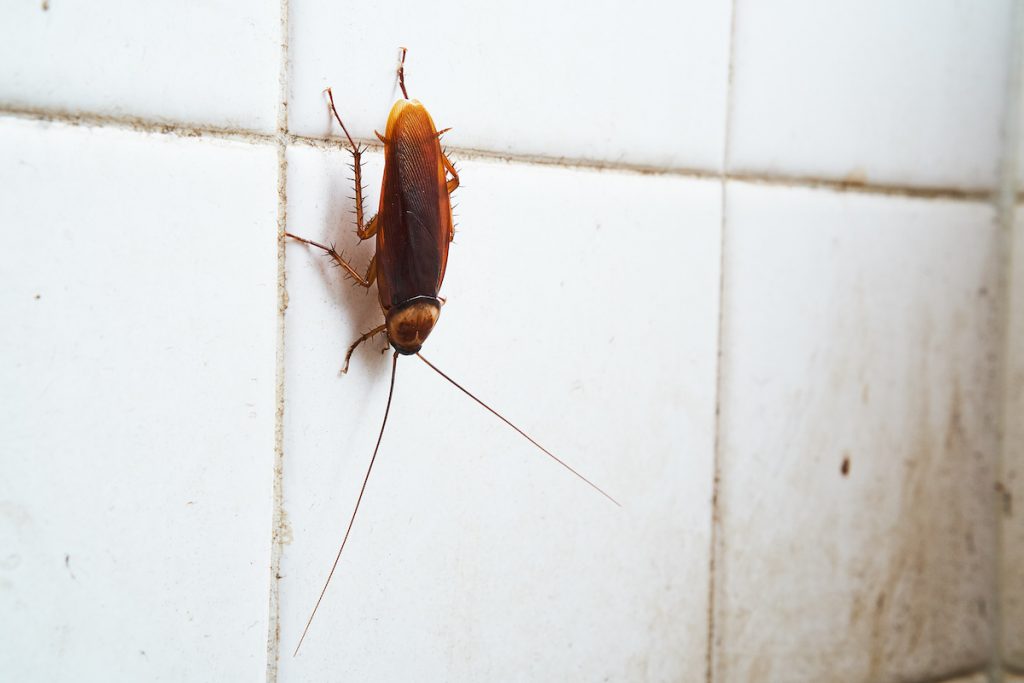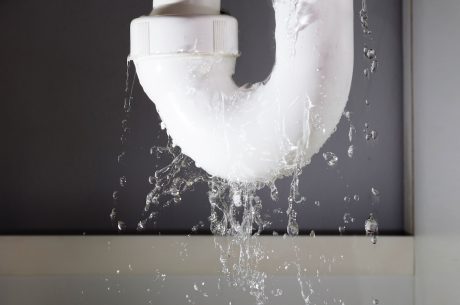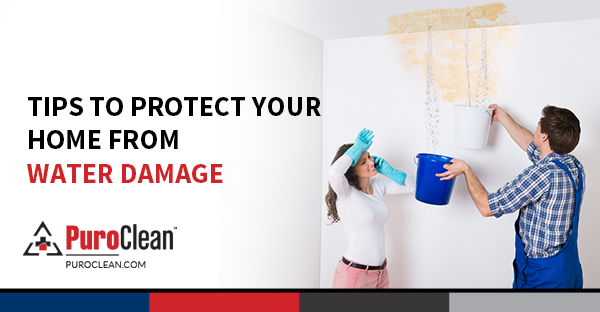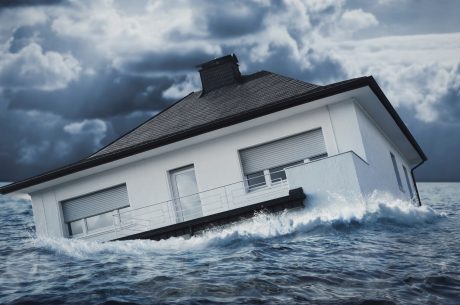Bathrooms are famously wet and damp, with a potential for water splashing in every possible corner. Some of that water could make its way onto walls and floors, causing water damage. In addition, it can potentially cause mold issues and structural damage that would require considerable effort to repair. Common signs of mold include brown staining, bowed or warped walls, a discernible musty smell, and peeling or bubbled paint. Mold can also cause wood rot and destroy the framework of your home.
By taking a few simple steps to waterproof your bathroom, you can avoid costly repairs and keep your bathroom looking its best. Should you find yourself with water damage, what could be creating the problem? It is typically caused by flooding, leaky taps, or burst pipes. According to the American National Standards Institute, there are three categories of water that affect your home:
- Category 1 – Clear water is sanitary water, and this is most of the water that enters your house.
- Category 2 – Grey water is contaminated water that can cause illness and skin irritations if ingested and used for bathing. This type of water can create toilet bowl overflows and washer/dishwasher damage.
- Category 3 – Black water is highly contaminated and poses a serious risk to your health. This water may contain raw sewage, heavy metals, and other toxic substances. This water has a very detectable, musty smell. Experts advise to not come into contact with this water, and to immediately call professionals to assess and remediate the damage.
Water Damage Impact on Your Health
If you find yourself with a damaged bathroom, you must act quickly. Delaying your repairs can cause further damage and affect the health of those in your household. Some health issues that can be potentially caused by water damage include the following:
- Respiratory problems caused by mold. In some people, an allergy reaction to mold can be linked to asthma, and exposure can cause restricted breathing.
- Strep throat and ear infections brought on by bacteria-induced diseases.
- Illness resulting from insects whose presence can increase with conditions brought on by water damage. Insects like cockroaches and mosquitos consider moist environments an ideal breeding ground.

Tips to Prevent Bathroom Water Damage
- Regularly check for signs of leaks. Inspect your bathroom floor regularly for signs of water damage. Look for water-damaged bathroom walls like peeling paint, mold, or mildew. Touch the walls to check if any areas are softer than others. These signs indicate that water damage is present in your bathroom. Look for hidden leaks under vanities and ensure there are no leaks from the sink trap. If any of these problems exist, find the leak source and have it fixed. Taking immediate action to repair the problem is highly recommended. Ignoring water damage will only make the problem worse and lead to more extensive repairs down the road.
- Repair or replace cracked, broken, or missing tiles, which allow water to seep in behind walls and under floors. Do the same for cracked or decaying grout and caulking around sinks, tubs, and showers. The tiles can be properly cleaned and reinstalled. If a large number of the tiles are damaged, it may be ideal to consider shower enclosure kits, which are much easier to install and more durable. After the affected tiles have been removed, the next step is to cut out any soft, damaged drywall.
- Test valves for your toilets, showers, and sinks regularly to ensure they are properly working. Look for wetness or staining around them that could indicate a leak. Ensure that the showerhead and all the faucets are tightly placed and do not drip. You do not want to have water seeping in where it does not belong.

- Upgrade your fixtures. Did you know that toilets account for about 40% of your annual water consumption? Also, older showerheads may use twice as much water as newer models. If your fixtures are old, consider upgrading them to save water and avoid future damage.
- If your sink drains slowly, the drain may be clogged. Pour a mixture of vinegar and baking soda down the drain. If it doesn’t work, hire a plumber to check the trap for clogs. Don’t let water collect and sit in the area around the sink, too.
- Only flush toilet paper down the toilet. Items like diapers and sanitary napkins may clog plumbing. Use only septic-safe toilet paper for septic systems.
- Don’t flush”flushable” wipes. Despite their name, flushable wipes do not fall apart when they are wet. In fact, they hold together better than paper towels. Therefore, they don’t disintegrate. They also require the septic tanks to be pumped more often and can block pipes.
- Turn on your exhaust fan every time you use the shower or tub. The fan helps pull excess moisture out of the air, preventing it from entering your walls, which may cause bubbly drywall and mold growth. You can also use a dehumidifier to reduce the bathroom’s humidity levels.
- Always check the bathroom floors for water after taking a shower or using the tub. Wipe down any excess water and fully drain the water from the shower or tub. This helps prevent damage from standing water. You can remove the standing water with towels or a wet vac. The wet vac has the capability of removing large amounts of water. Replace torn shower curtains or shower doors that have damaged seals.
- Minimize children splashing in the tub and wipe up any water that makes it to the floor or walls as soon as possible.
- Place bathmats on the floor to decrease the risk of excess water building up outside your shower.
There’s always a chance that water could cause damage in your bathroom, but as long as you take these steps, you can prevent water damage and mold.
Call PuroClean for Water Damage Restoration!
Bathroom water damage can occur at any time, but with the right information, you can be prepared should you find yourself with an unexpected leak or bubbly walls. Contact PuroClean for top professional service to help restore your bathroom. Our water damage restoration and mold removal experts are available 24/7 to assist you. Visit our website or call (800) 775-7876 to get connected with your local PuroClean office today.




 PuroClean of McLean and West Falls Church
PuroClean of McLean and West Falls Church